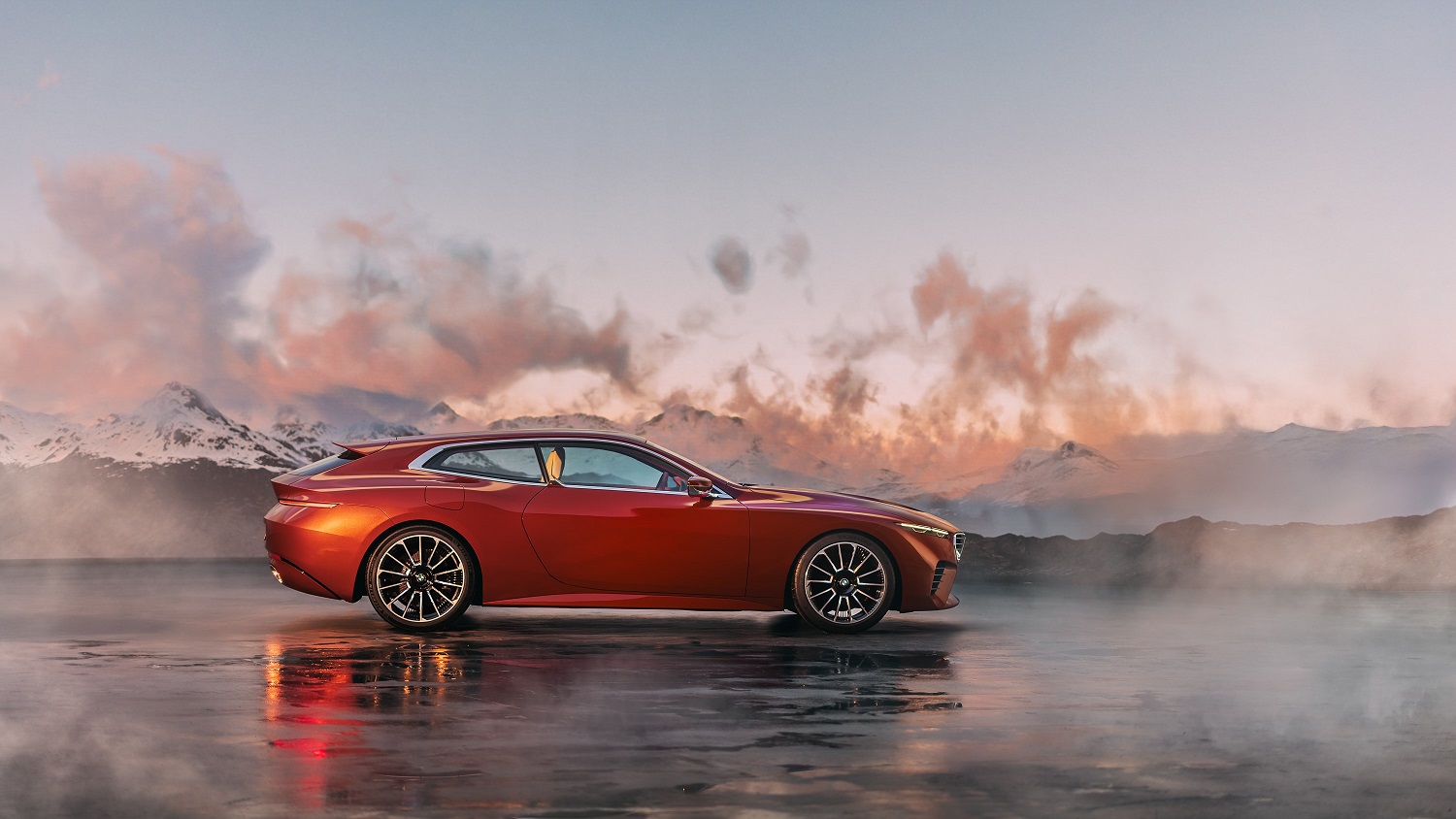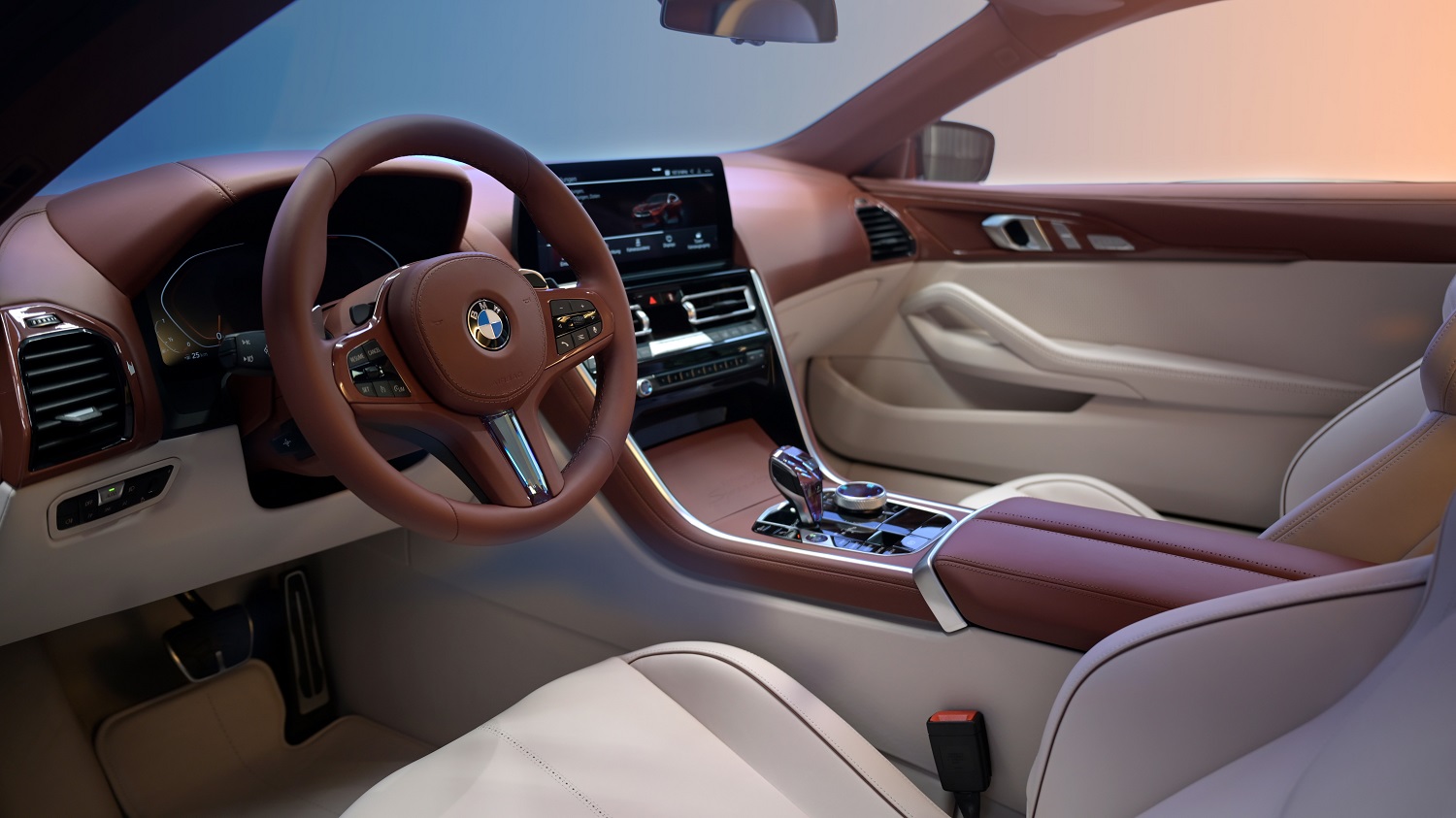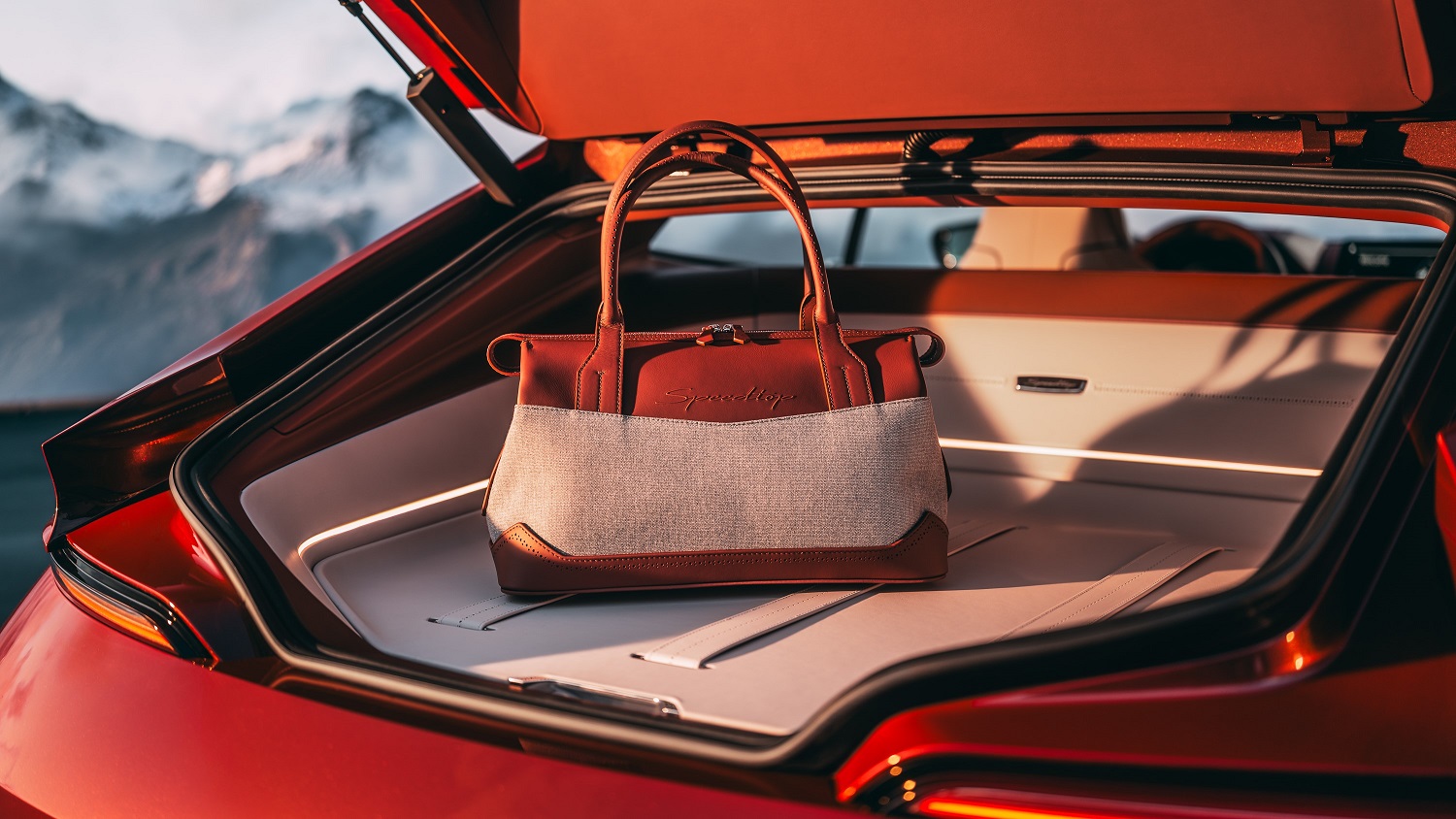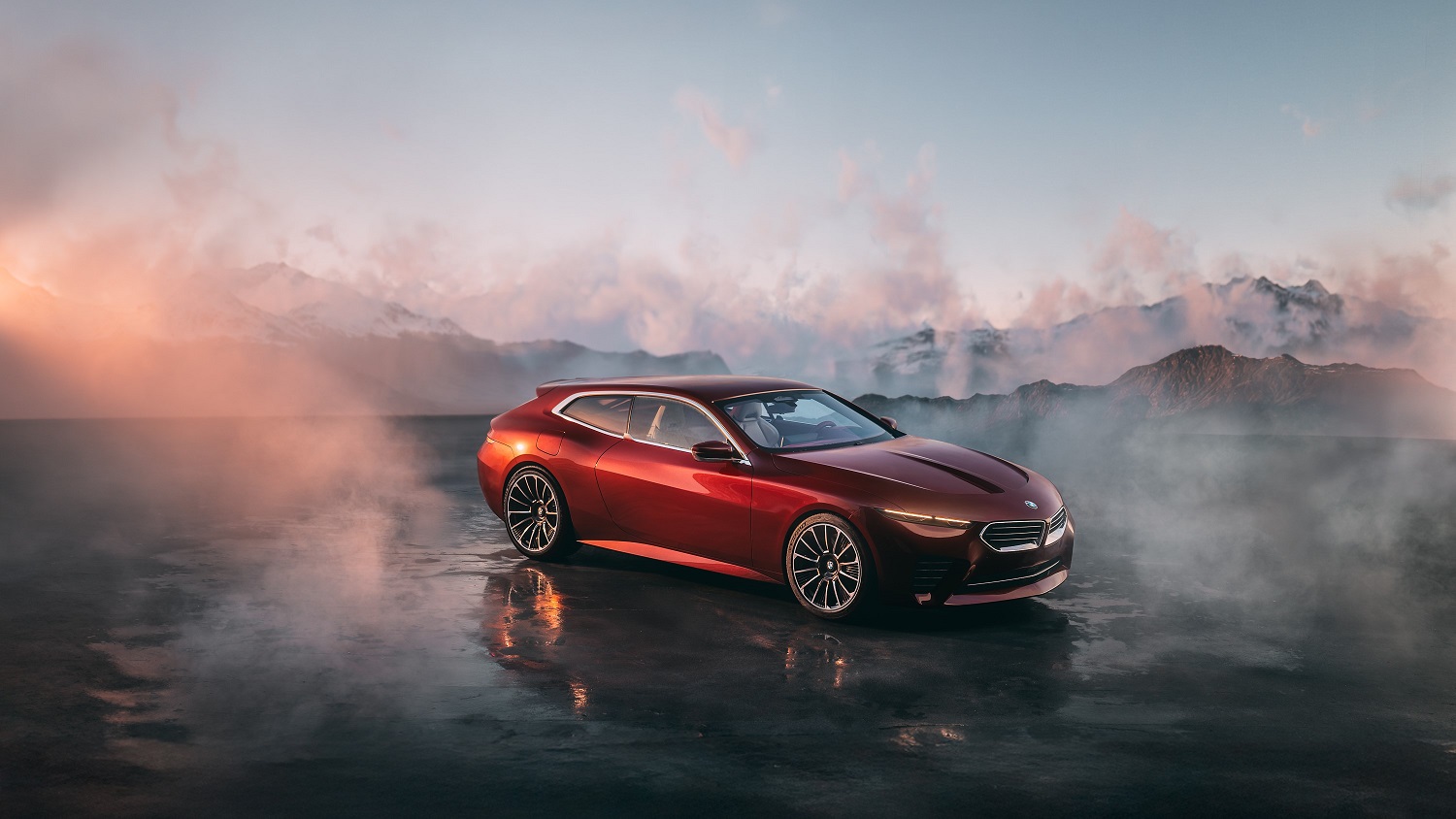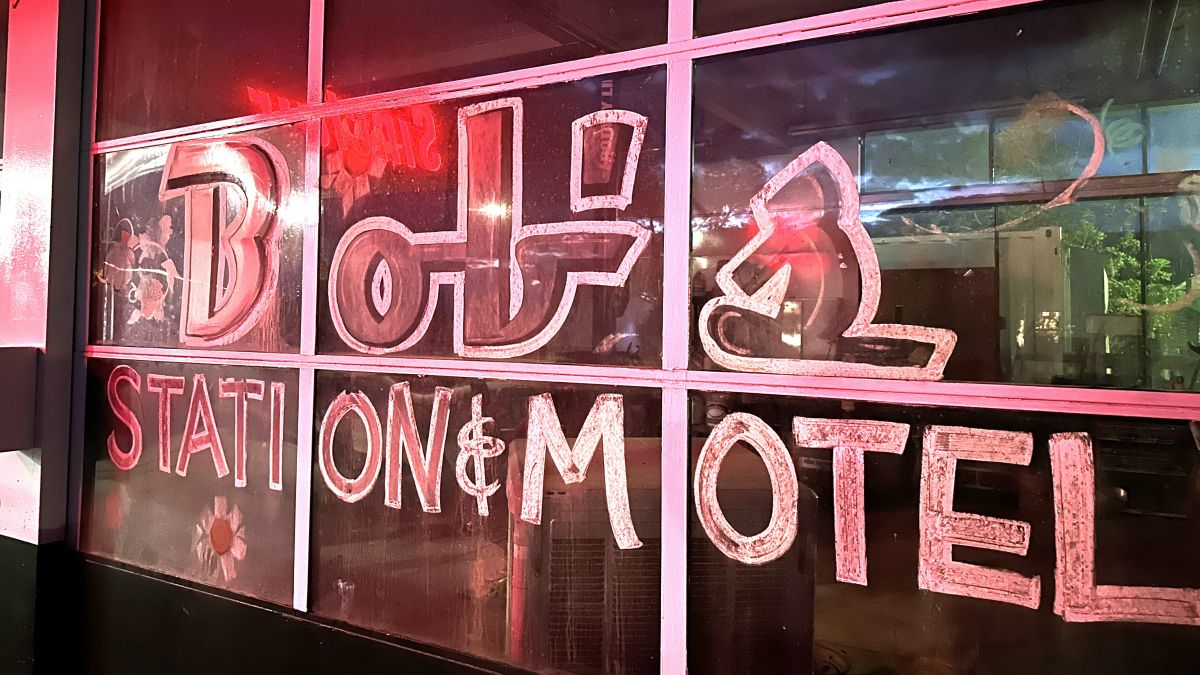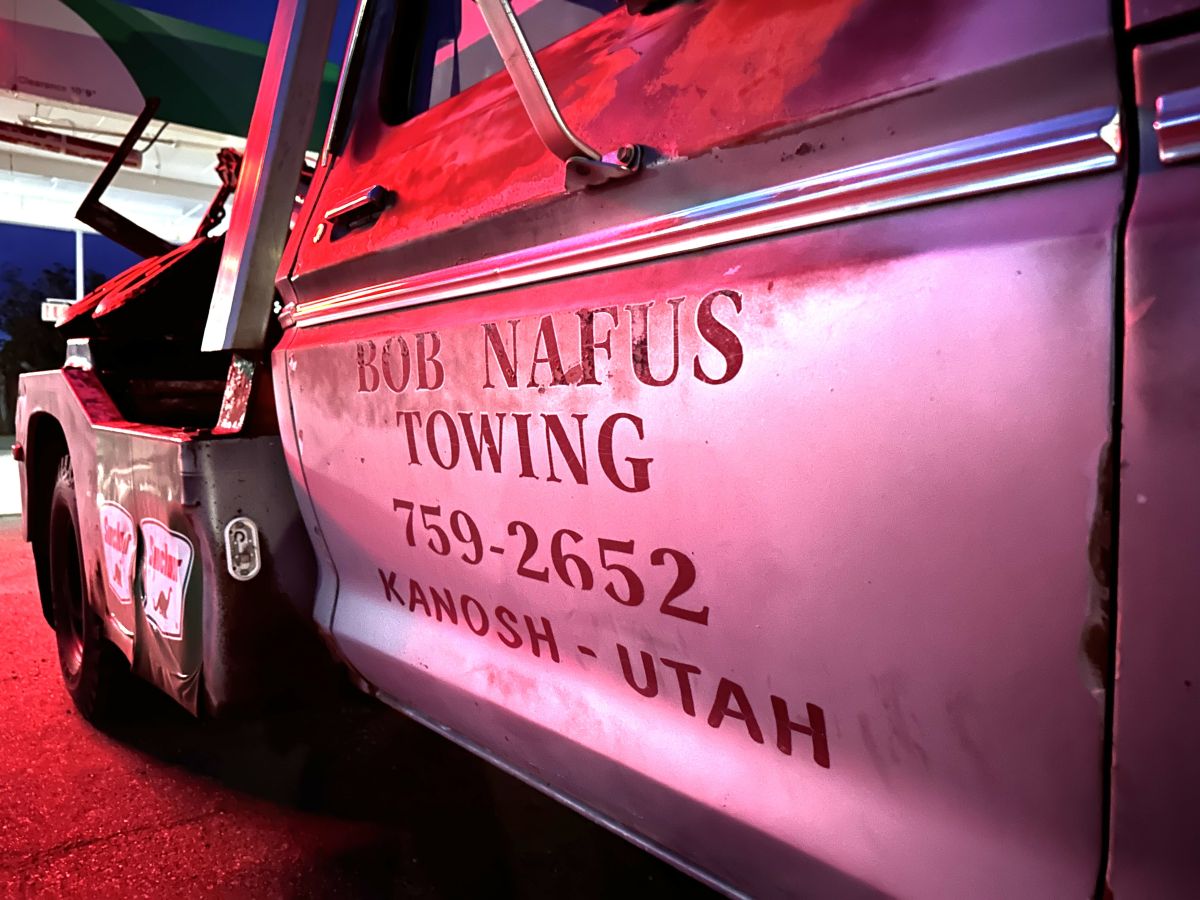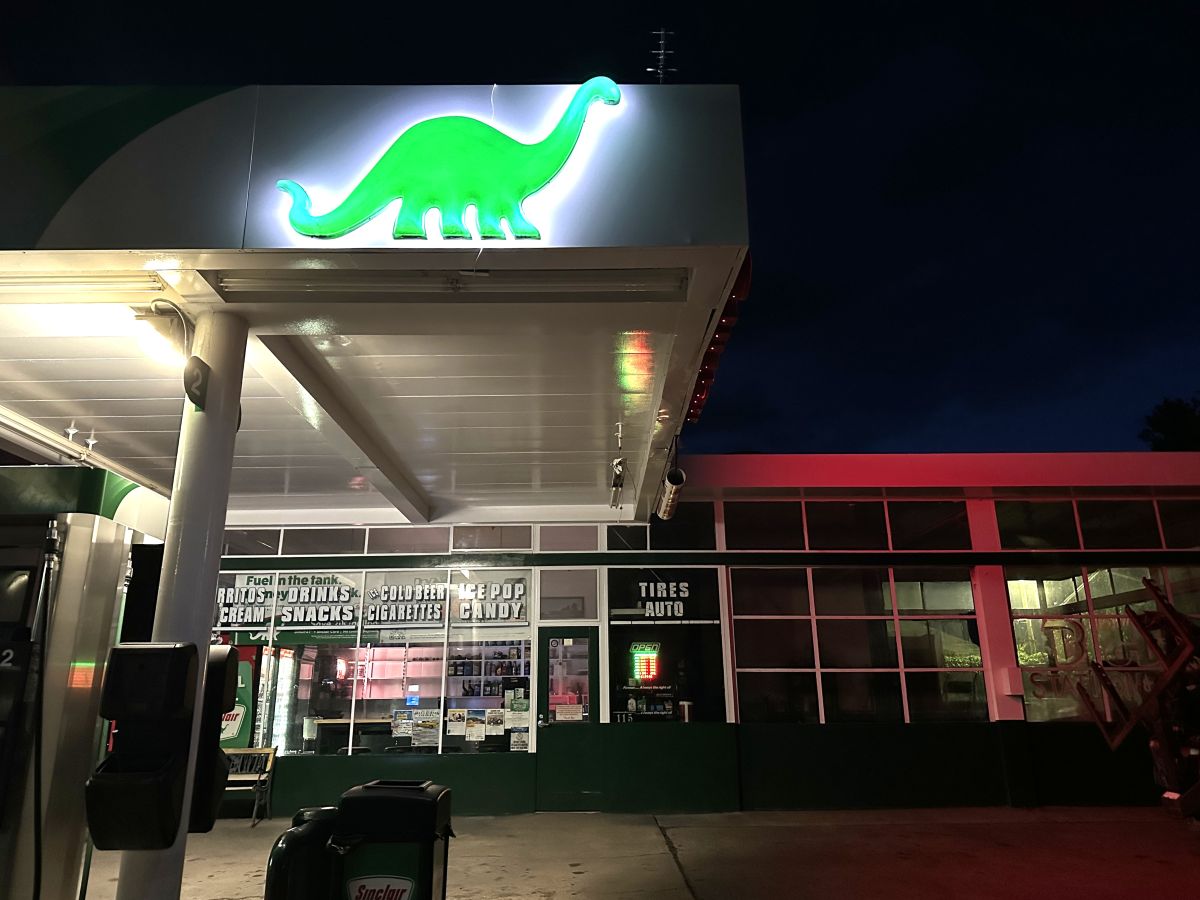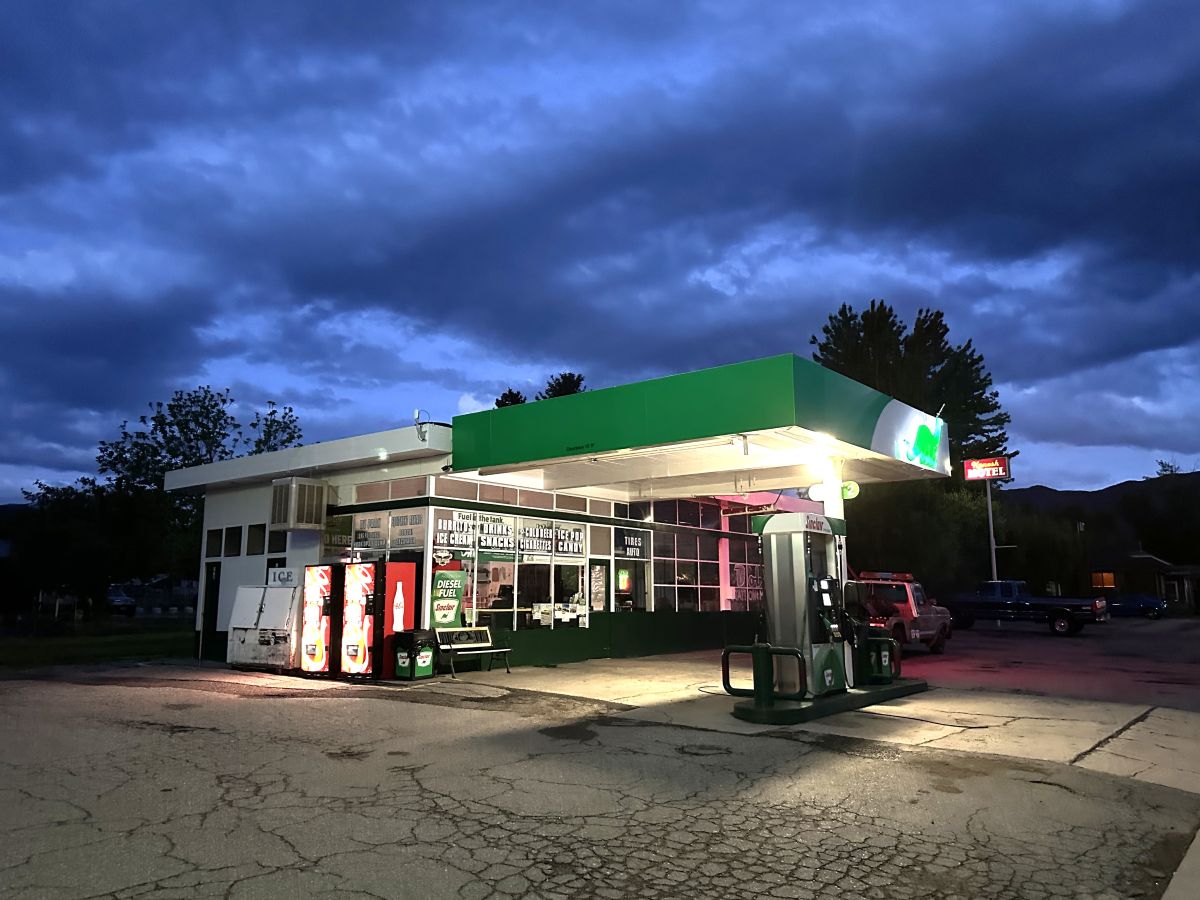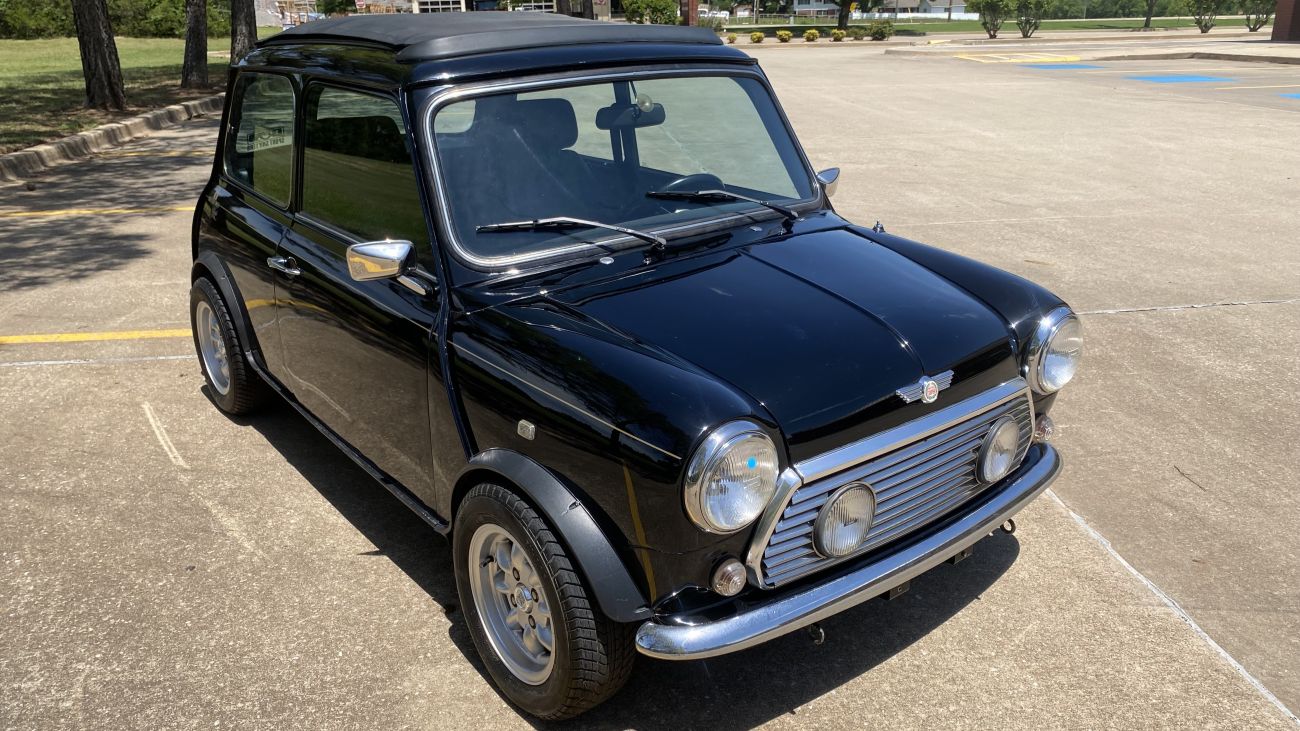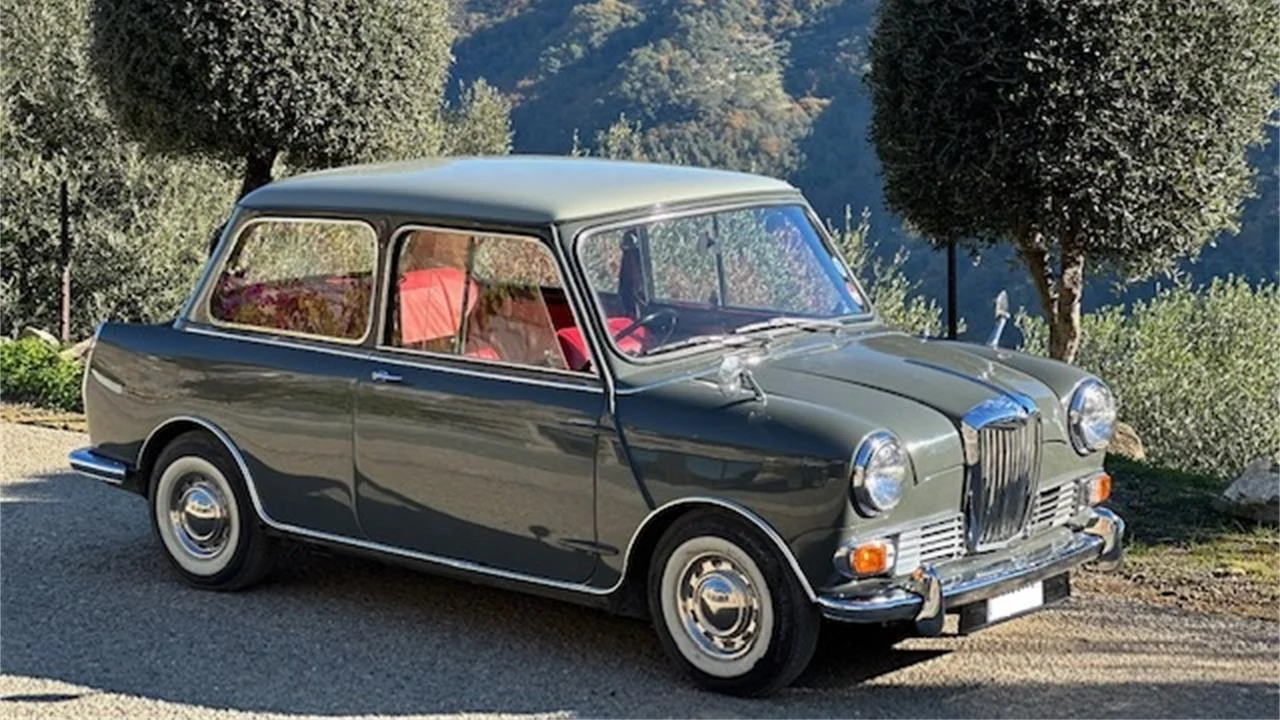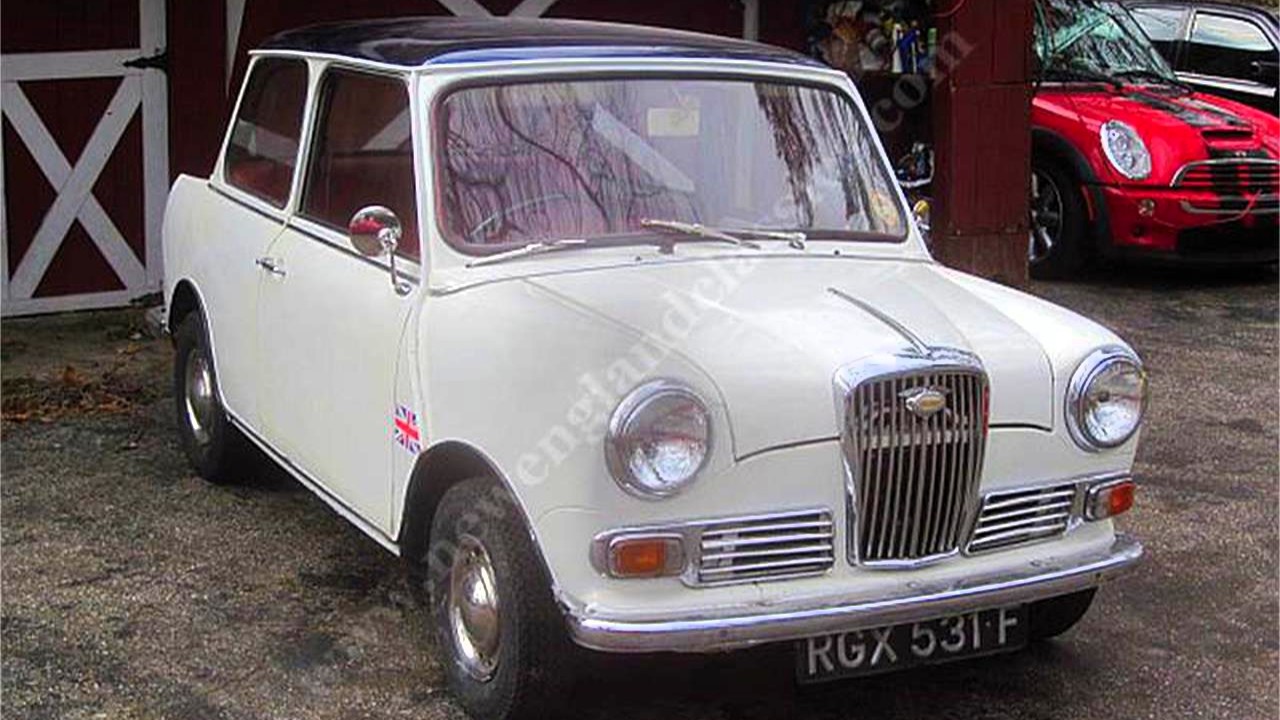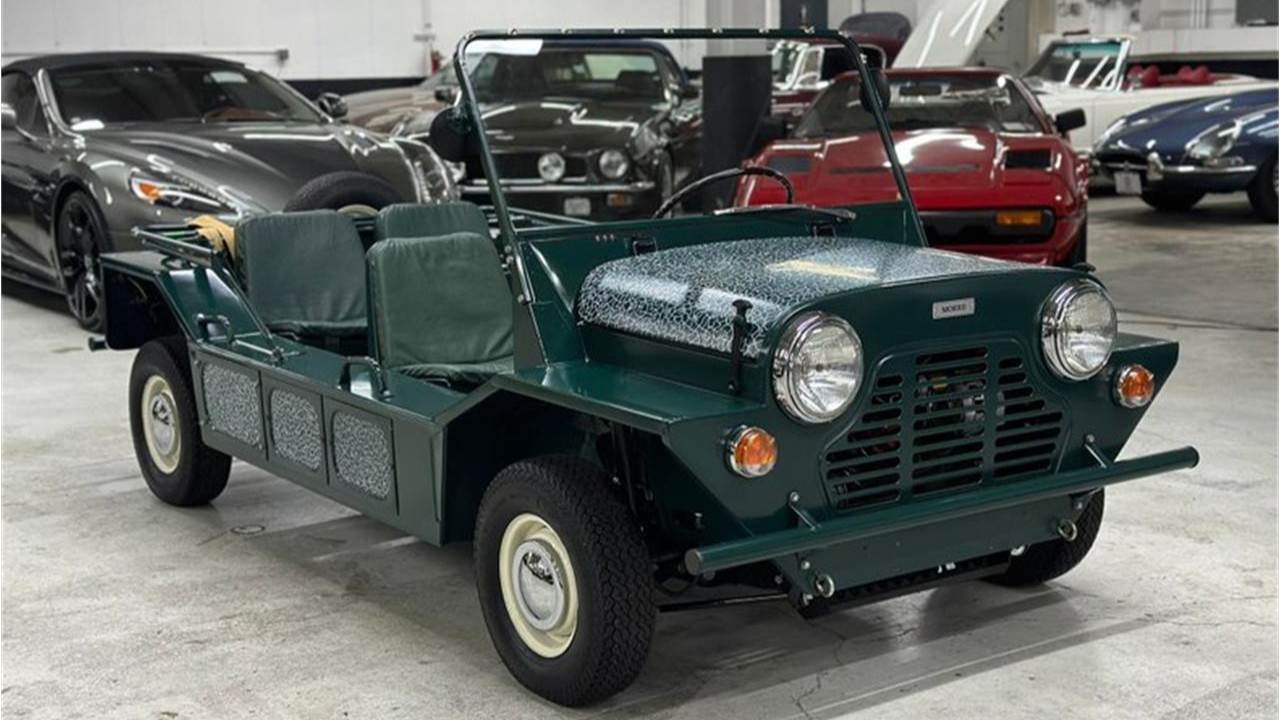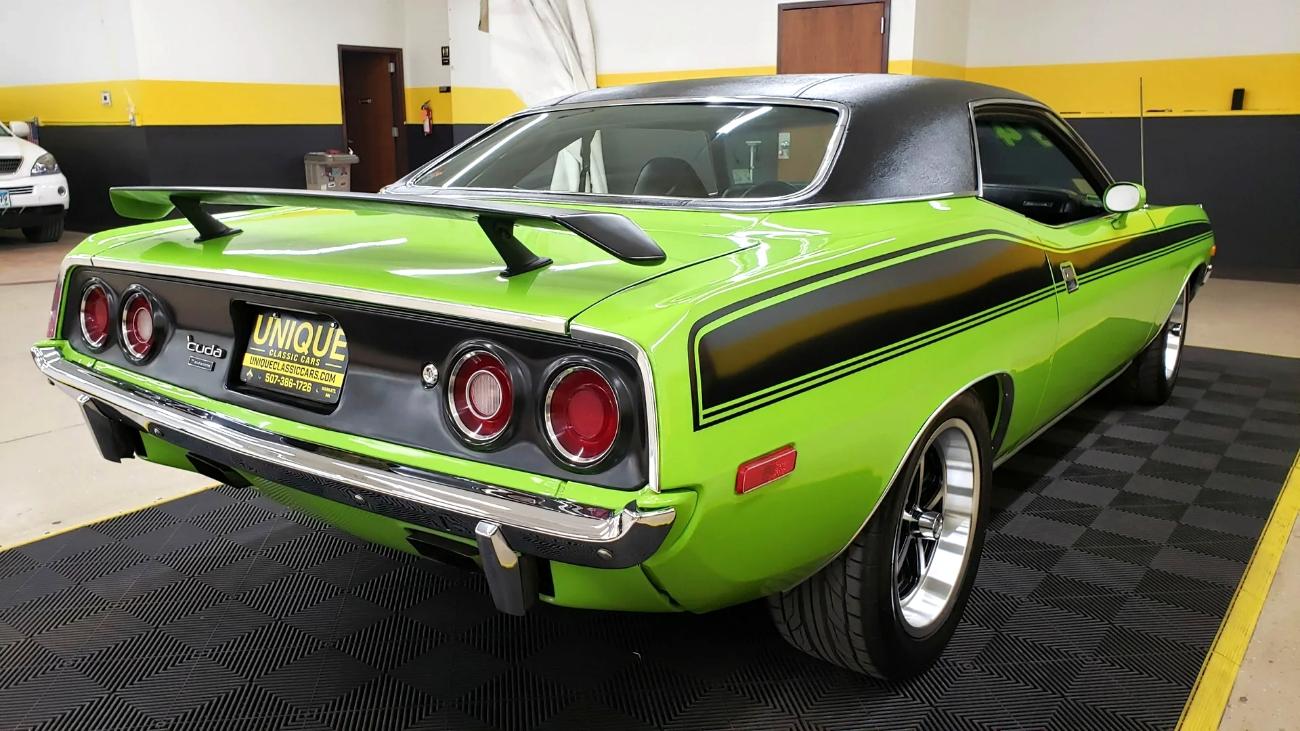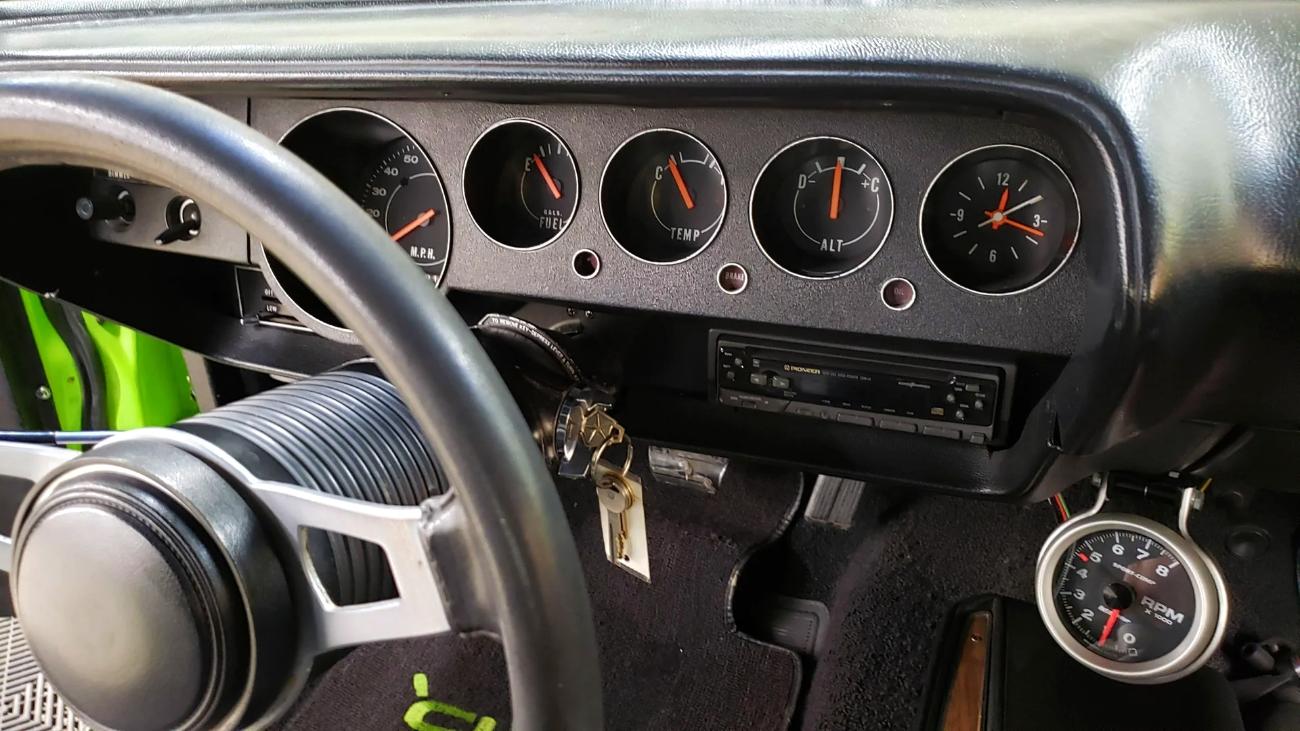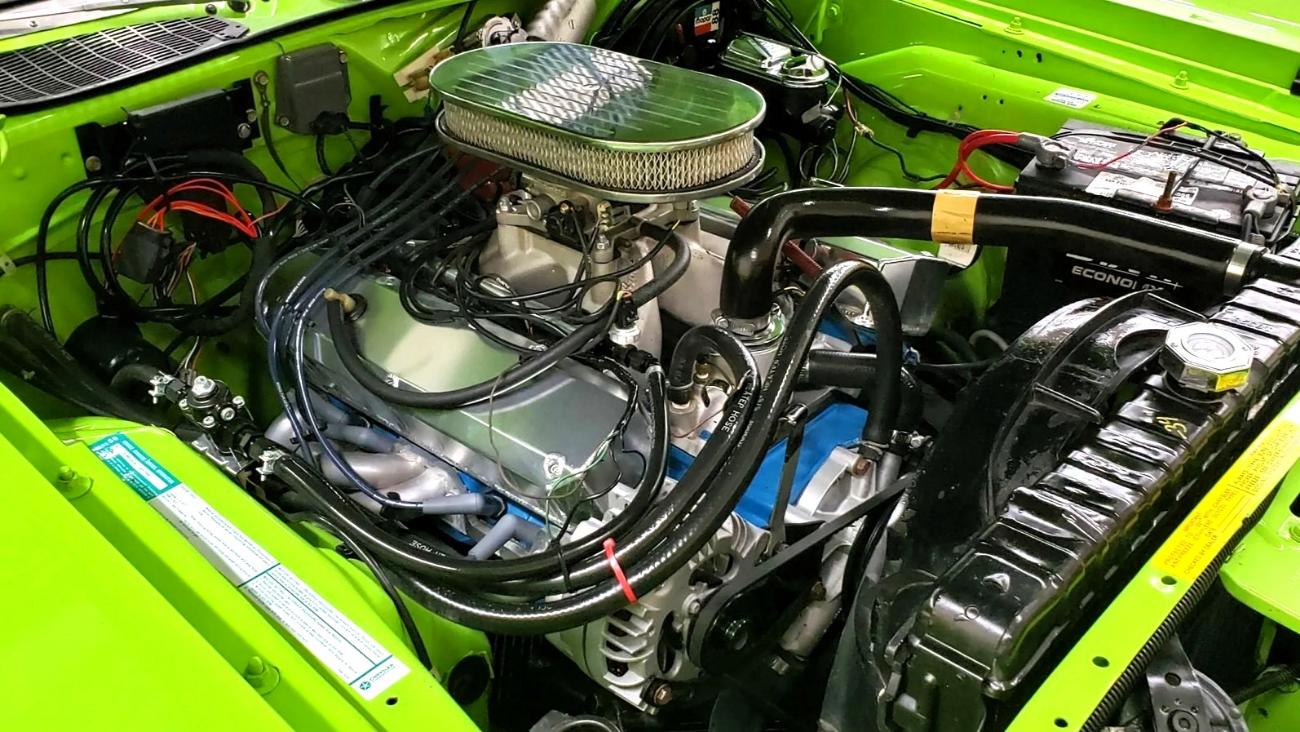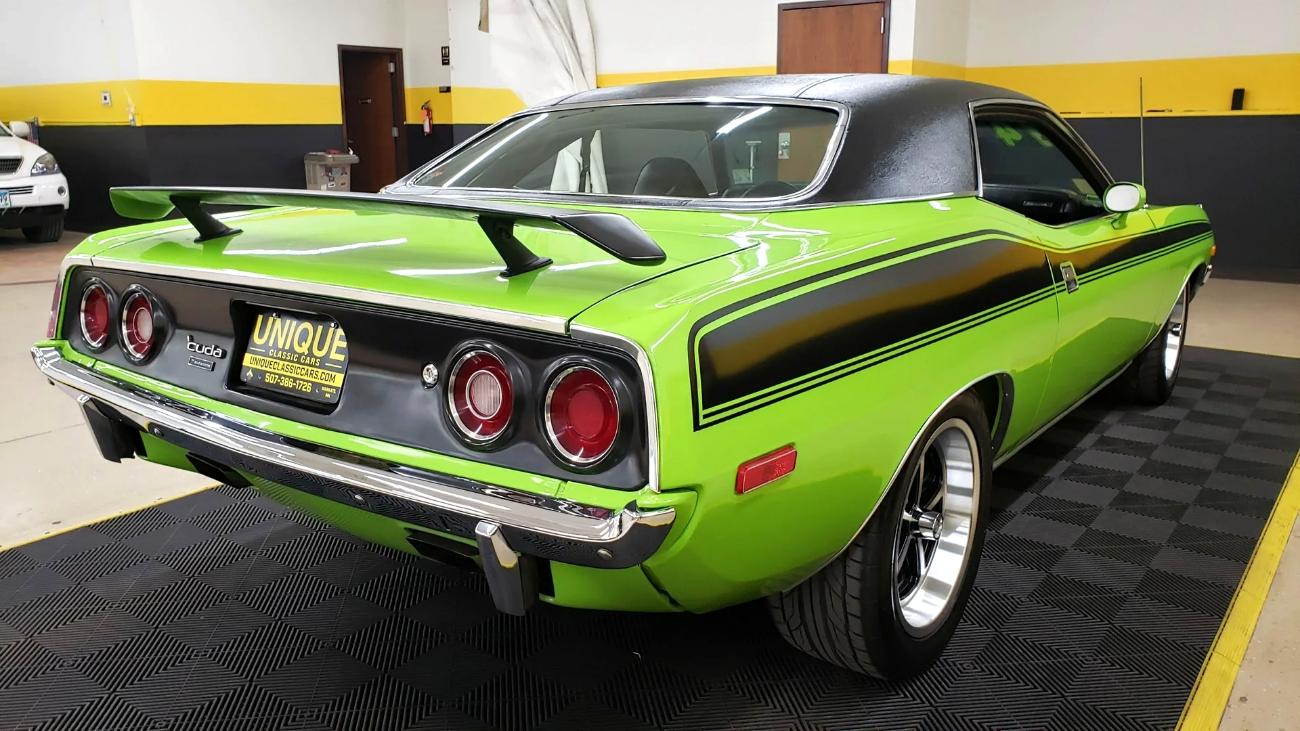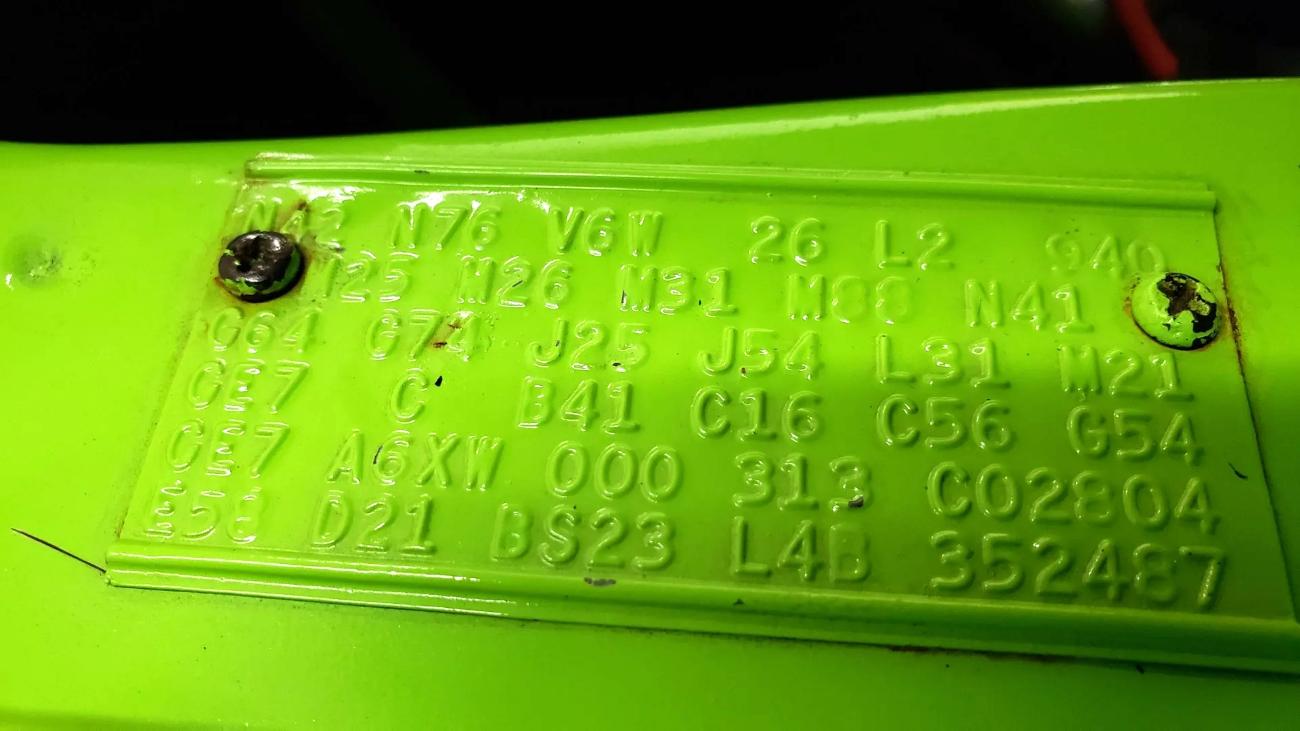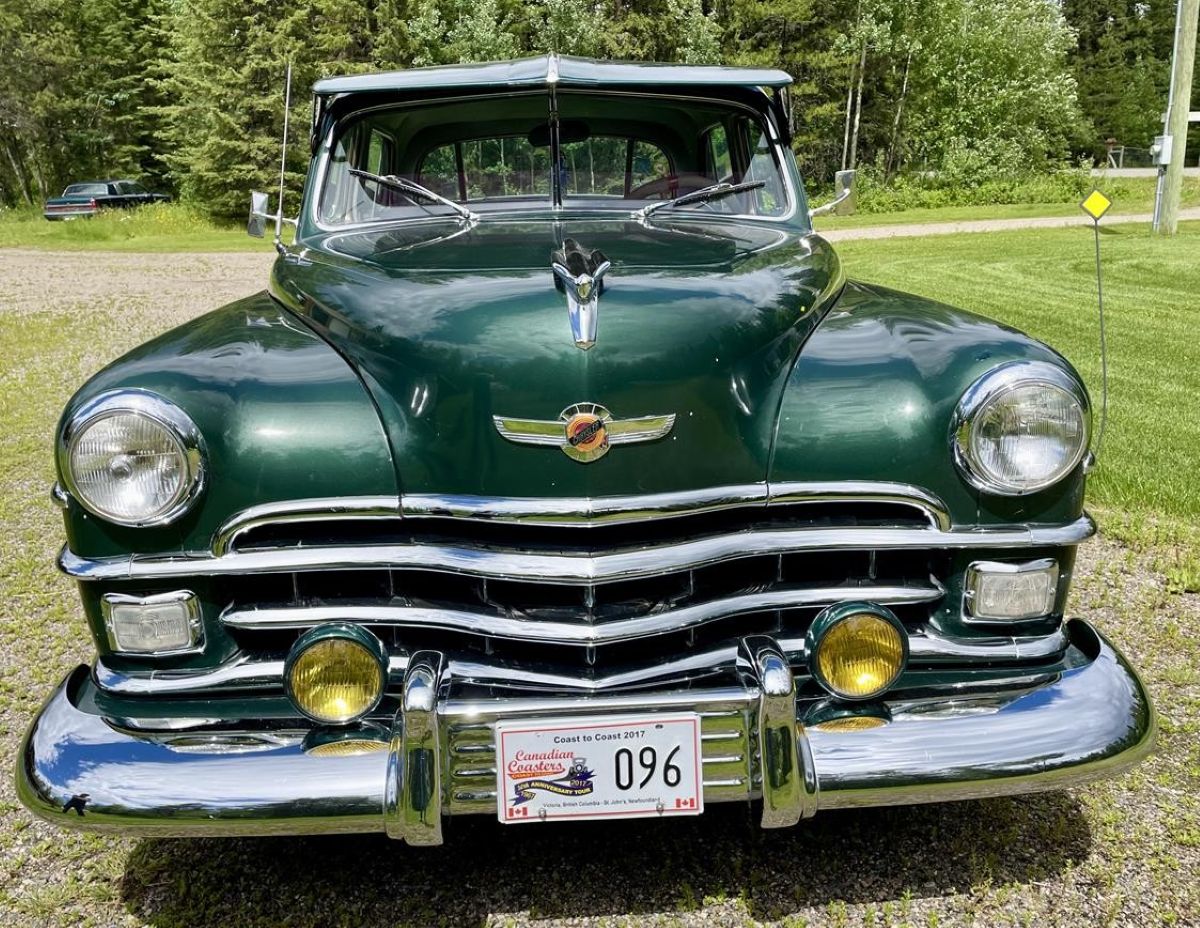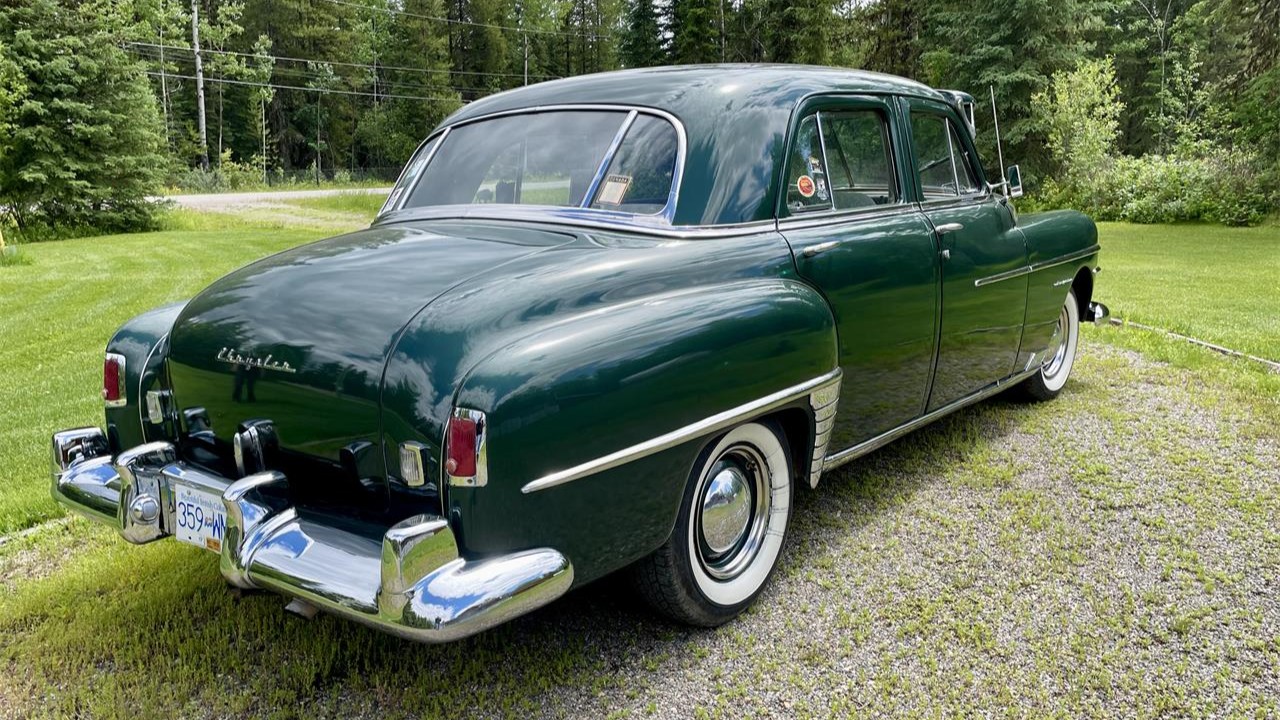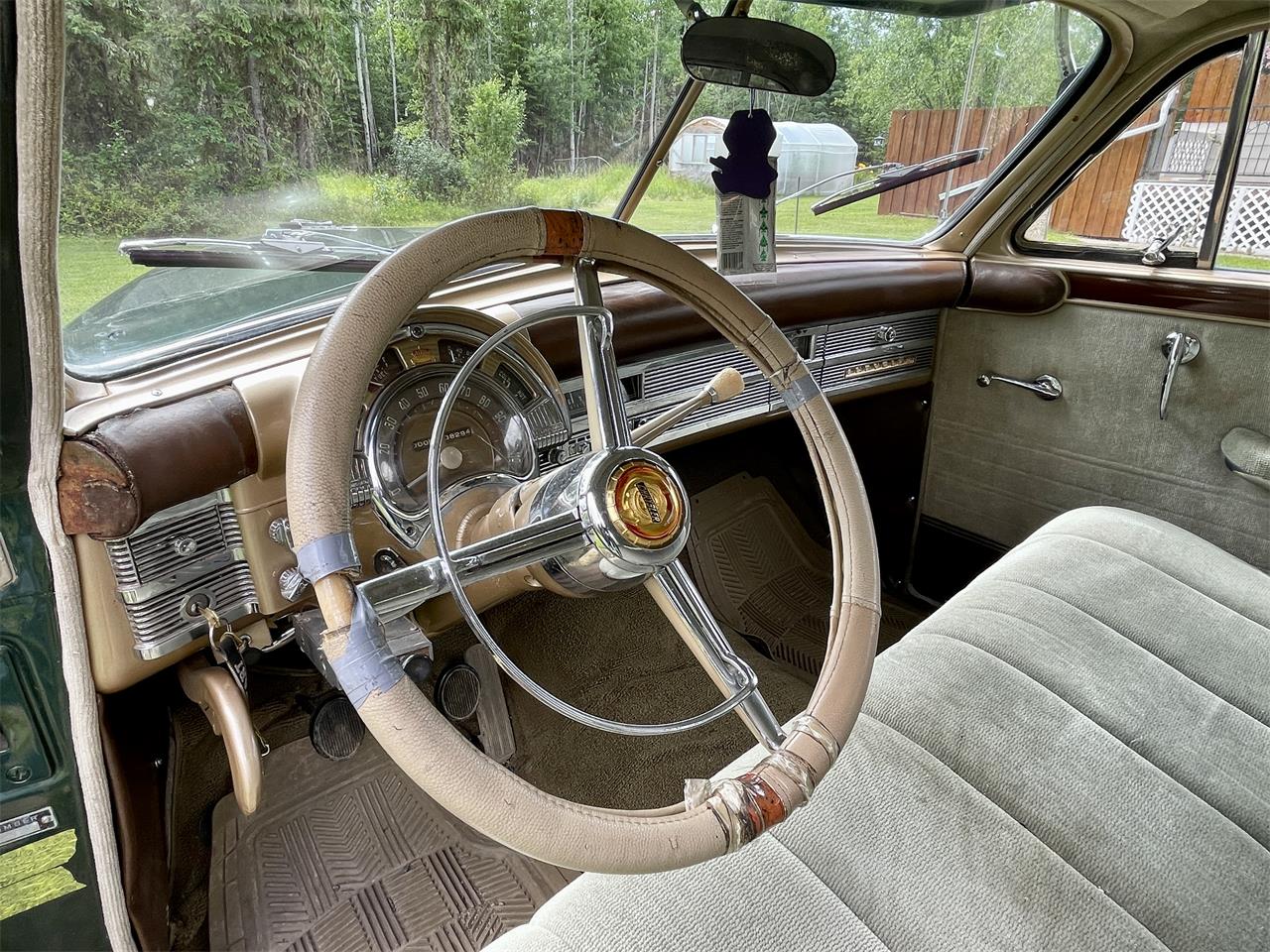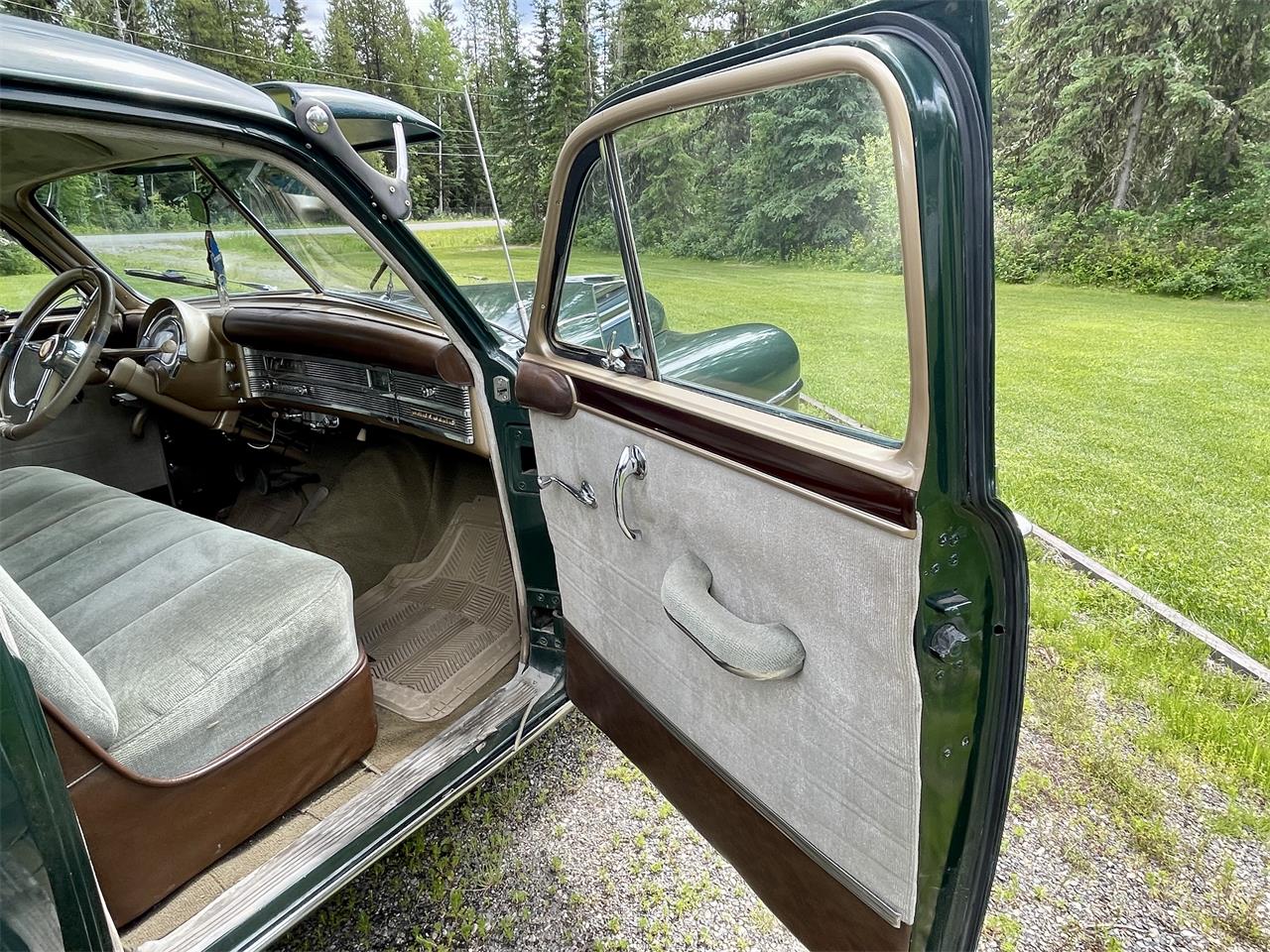This ’33 Ford is a fiberglass-bodied three-window coupe that utilizes an Outlaw Performance body with a Rootlieb louvered hood, Dietz-style lights, a Dan Fink grille, and suicide doors, and it is mounted on a custom-fabricated frame from Randy Ellis Design that was completed around 2019. Power comes from a 383ci stroker V8 linked with a Hughes Performance four-speed automatic and a Ford 9″ rear end with a 3.90 limited-slip differential, and the car rides on an adjustable air suspension and 15″ steel wheels with Moon covers as well as Wilwood front discs. Acquired by its current owner in 2015, this ’33 hot rod is now offered at no reserve on dealer consignment with an Arizona title listing the car as a 1933 Ford.

The body is a fiberglass unit from Outlaw Performance that is fitted with a Rootlieb three-piece louvered hood. The billet grille was sourced from Dan Fink, and the Dietz-style headlights have integrated directionals. Paintwork was performed by KG’s Classics in Arizona, and the metallic silver paintwork is gloss on top and matte on the sides. The pinstriping was done by Ron Hernandez.

The selling dealer tells us that Randy Ellis Design fabricated the frame. The front end has a four-inch drop beam, chrome haripin radius rods, a Panhard bar, Pete & Jake’s tube shocks, and adjustable air springs. The rear end uses ladder bars, a Panhard bar, and air springs. The air suspension utilizes an Accuair five-gallon air tank and an E-level system with three pre-programmed heights.

The 15″ steel wheels have staggered tires and Moon discs. The Wilwood front disc brakes are linked to an under-dash master cylinder from Kugel Komponents.

The custom interior has aluminum panels on the suicide doors, roof, and floor. A roll bar has been integrated into the design, and the floor is tunneled for the drivetrain. The hand-built bomber-style seats have ribbed cushions and four-point belts. A Precision Performance Products shifter was fitted along with a screen for the Holley EFI system.

The drilled wheel has a black wrap, and So-Cal gauges were utilized. The owner has added all of the ~500 indicated miles.

Custom details continue in the truck, which has aluminum panels, a spun-aluminum fuel tank with an Aeromotive pump, and the battery mounted along with the air suspension tank.

Speed Sports of Gilbert, Arizona built the 383ci stroker V8 around 2019. It runs Holley Sniper EFI on a street Dominator intake manifold, and the fabricated long-tube headers are connected to a wrapped dual exhaust system with Hooker mufflers. The Ron Davis radiator is paired with a SPAL electric fan.

The Hughes Performance four-speed automatic has a 2,500-rpm stall converter and is linked to a Ford 9″ rear end with 3.90 gears and a limited-slip differential.

The Arizona title carries a previous Ohio “Odometer Not Actual” brand.

















